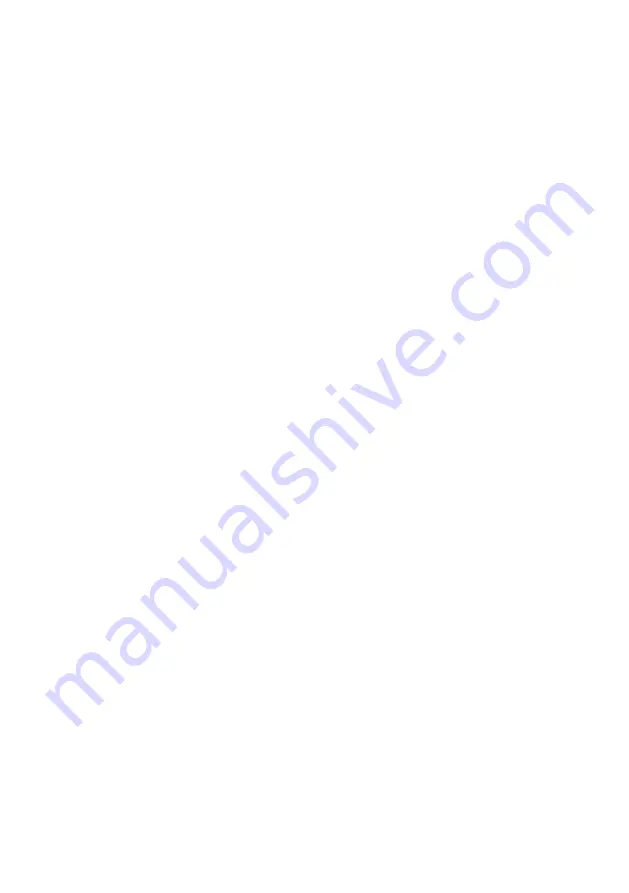
Fluid/Assembly Preparation and Analysis
13
17. Press the start button on the contamination monitoring product once about half
the fluid has flushed from the bottle. This will start a short test which will purge
the contamination monitoring product.
18. Once the test is complete press the flush button until all the fluid has flushed
through, if the fluid coming from the waste is clear the contamination monitoring
product and bottle sampler are ready for testing. If the fluid is not clear repeat the
flushing process.
19. Turn off the bottle sampler.
20. Turn the selector handle to Vacuum, towards the yellow disc with V. This will
release the pressure in the chamber.
21. Select Triple or Bottle Test Sampling option on the contamination monitoring
product.
22. Draw off a sample of oil (150 ml. minimum) from the system into the bottle
provided. If this is impractical then use the hand pump, clean bottle and hose
provided to draw off a sample of fluid.
Note: Please ensure that the pump and hose are cleaned with an appropriate
filtered solvent (i.e. Iso-propyl alcohol) prior to the sample being taken.
Sample bottles and associated products are to be cleaned in accordance with
the instructions on
.
5.3 De-aeration
It is important when analysing samples for the particles to be evenly distributed
within the sample volume. This is achieved by agitating the sample. This im-
proves the accuracy of readings from the contamination monitoring products as
particles do not settle in the bottom of the bottle due to gravity. This also causes
aeration in the sample which can interfere with the sensitivity of the monitor. The
bottle sampler creates a small vacuum within the chamber. Over a short period of
time, depending on the viscosity, the air bubbles work their way out of the sample.






































